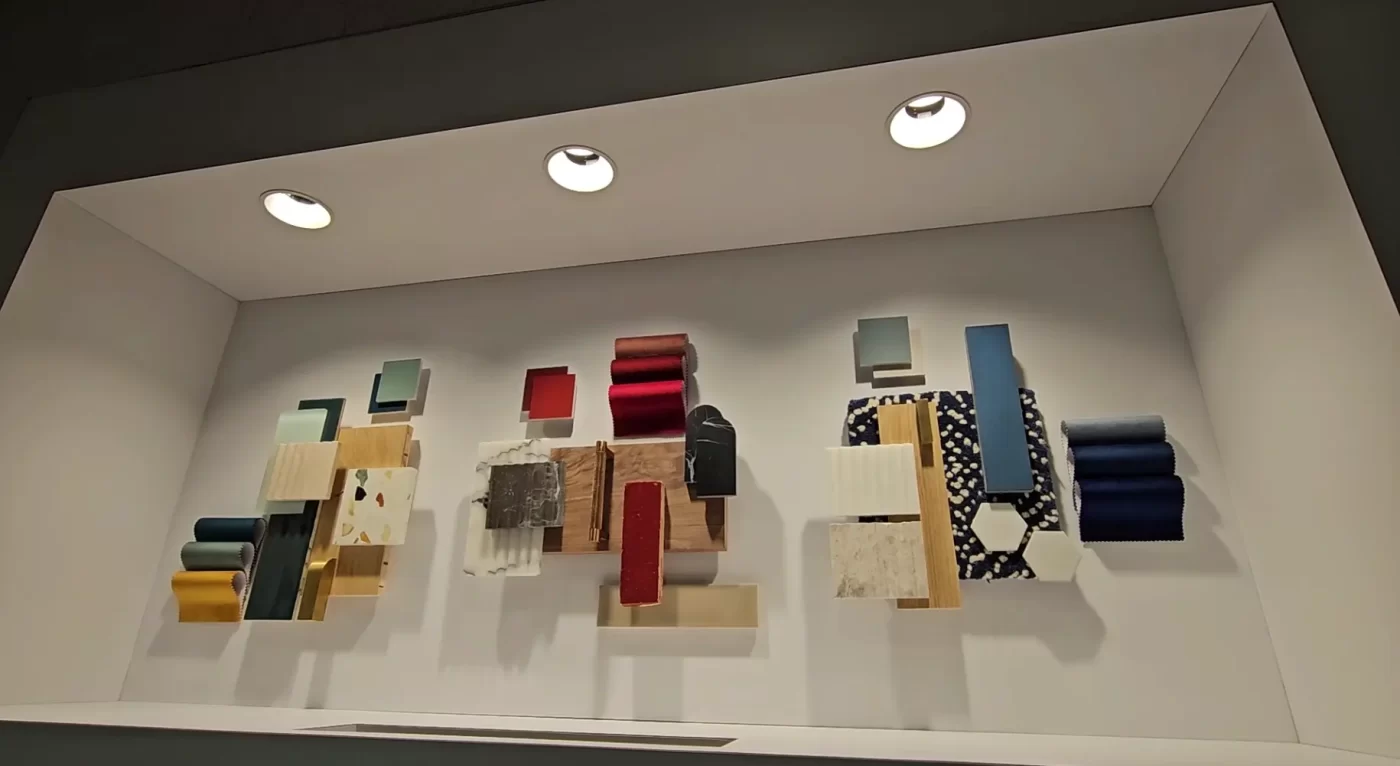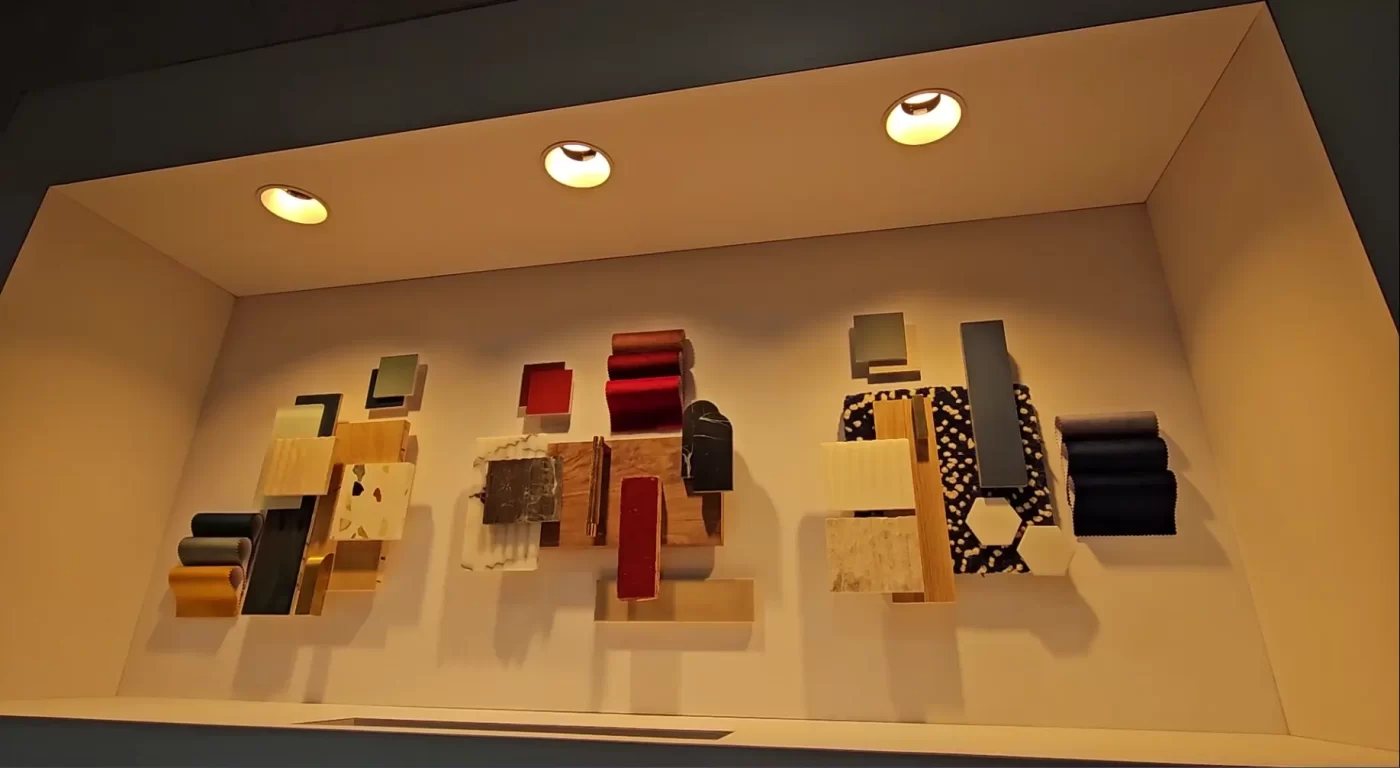
If you are building, renovating, or updating a house it’s important to be familiar with important new concepts in residential lighting.
Warm Dimming
Light should become warmer as it dims. A light that is 3000K when it is at full brightness should be between 1800-2200K when it is at 1% of its brightness. In my opinion, this is the number one more important concept in modern lighting because it makes the biggest difference in how comfortable a home is when relaxing.
The theory is that the hotter a flame burns, the whiter and bluer the light, and as it burns cooler it becomes more yellow and red. This is how traditional incandescent bulbs have always been.
There is also the theory that afternoon light is higher color temperature and as the sun sets it becomes more orange and redder, signaling to our bodies that the day is ending, and preparing for sleep by releasing melatonin.
See this video and pause it at 53 seconds to see the difference between warm dim and static CCT.
If your lights do not do this, it is the first upgrade to consider.
In retrofit applications, where you may already have 6” cans in place, we sell a DMF Artafex retrofit kit with warm dim that only takes a couple minutes to install.
The 4” Artafex warm dimming module is the best in terms of dimming performance, lumen output, and color rendering index.
Downlight Size & Style
It no longer makes sense to install 5” or 6” can housings. These housings were sized as such in the mid-20th century because the lightbulbs needed to be large enough to produce sufficient light. This is no longer the case, and not fashionable, even in mid-century modern homes.
Instead, the housings should be somewhere between 2-4” depending on the situation. The most versatile, all around best performing downlight right now would be 4”. In very modern, minimalistic designs, a 2” aperture would likely be preferred.
Flangeless trims are in style, for modern minimalistic designs. If the house has any sort of modern styling, it’s likely that flangeless trims are a good fit. Flangeless trims make for a smoother, quieter ceiling. The overall surface area of a 4” flangeless trim is nearly 50% less than the surface area of a 4” trim with a flange. Flangeless trims elevate the overall ambience, invoking elegant simplicity.
Tunable white lights are fundamentally changing residential lighting design. Premium systems now offer color temperature adjustment on demand; in the same way dimmers offer brightness control on demand. This has created a paradigm shift in the way that we design and control residential lighting systems.
Tunable White Lights
Tunable white light is a little more difficult to grasp, but the difference is even greater than warm dim.
What is tunable white light?
Tunable white is a feature that allows color temperature adjustment independent of brightness. It also implies that this adjustment can be made on the fly, as opposed to a dip switch at the back of the fixture.
Why are tunable whites desirable?
Most evening settings, such as a family dinner or game night with friends, would feel cold and sterile if using the same light as a medical office. That’s because medical office lights are very white and harsh. In contrast, a soft white light with hues of orange would make this setting feel very cozy and relaxed.
The picture below illustrates the same title image, but in a much warmer light.

You can see that it has a very different mood.
This phenomenon can be explained by our natural circadian rhythm, where we associate warm fiery tones with sunset, and therefore associate those same tones with evening and relaxation.
Similarly, you may struggle to wake up for your morning exercise routine if the lighting is soft and relaxing. It would be better if that light mimicked noontime daylight, signaling to your body it’s time to be active.
Who makes tunable white downlights?
From the brands we sell, there are lots of options. Prices start at only $180/fixture.
If you have a Radio RA3 system, Lutron’s Lumaris is a perfect fit. Lumaris is offered for both retrofit and new construction applications. It’s color range is 1800-4000K, and they are listed for use in wet locations.
If you have a Lutron Homeworks system then Lutron’s Ketra is the best that you can dom with Rania being a close second. The most cost efficient option would be to use DMF’s PhaseX, which also allows you the entire range of DMF’s modular options.
If you have a legacy system such as Lite Touch, Illuminations, or anything else that is no longer supported, but you want tunable light, then the best most cost efficient solution is DMF’s Phase X. This not only updates your control system, but it also updates all of your lights as well. This is an upgrade in both functionality and aesthetic.
How to control tunable white light?
The ideal situation is that this is automatic, and the light inside the house will be programmed to follow a timeclock to closely reproduce the spectrum of the light outside. It will follow the cycle of the sun. It will be warm, yellow, orange, and red in the morning and through the evening, and full spectrum daylight during the day. This is possible with Lutron HomeWorks, or with special automation system integrations.
The next best scenario, which still applies even to the ideal case scenario, is that the scene selections at the wall keypads incorporate appropriate color temperature settings. For a long time, we’ve been installing kitchen keypads with 4 buttons that say “Cook, Dine, Clean, All Off” and each one of those scenes has appropriate levels of brightness for each switch leg, considering the given task. Tunable white lighting now offers the ability to change the color temperature in each one of these scenes, such that you can dine in soft white light, but clean in full spectrum daylight. This applies to all rooms of the home, and all the scenes that support them.
The third scenario, which is available in any situation, is manual control. This would be control from a phone app or an in-wall touch panel that’s part of the home automation system. The best case for this is when you have a party, where you decide that you need the room to be brighter, but you want to keep the light nice and soft. This gives the impression of low light relaxing calmness, while still providing adequate brightness for people to interact and socialize comfortably.
